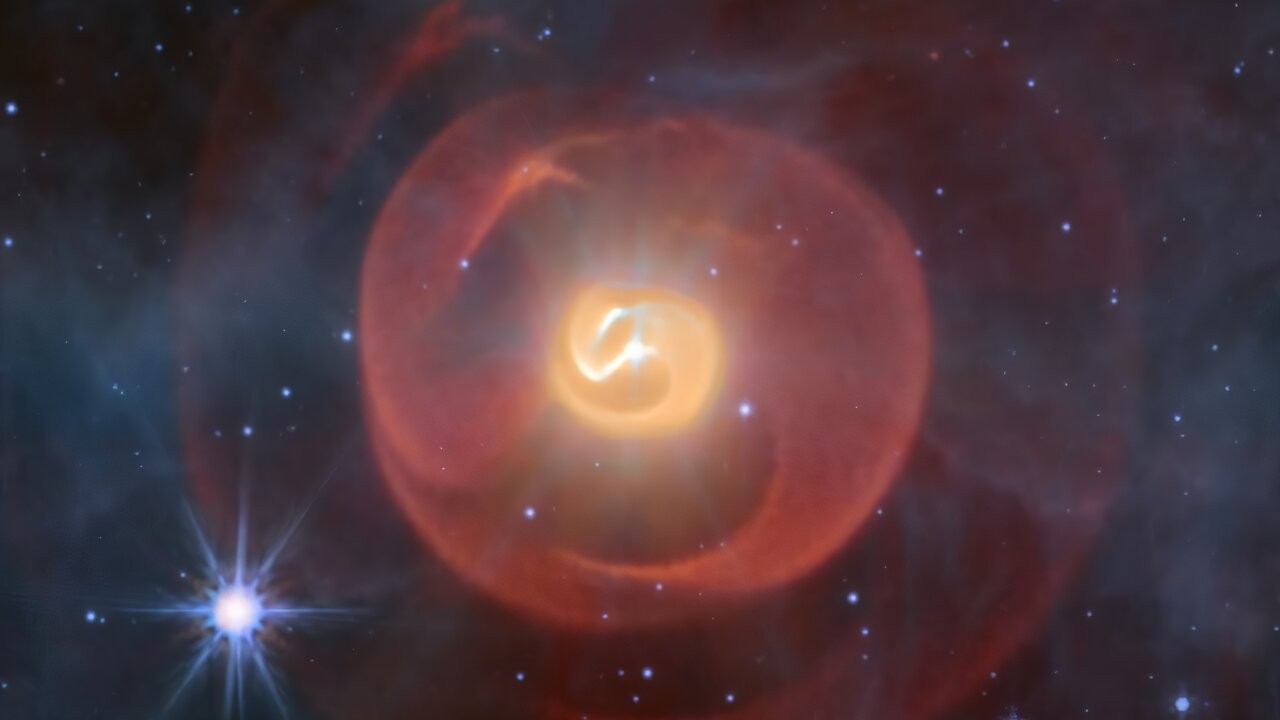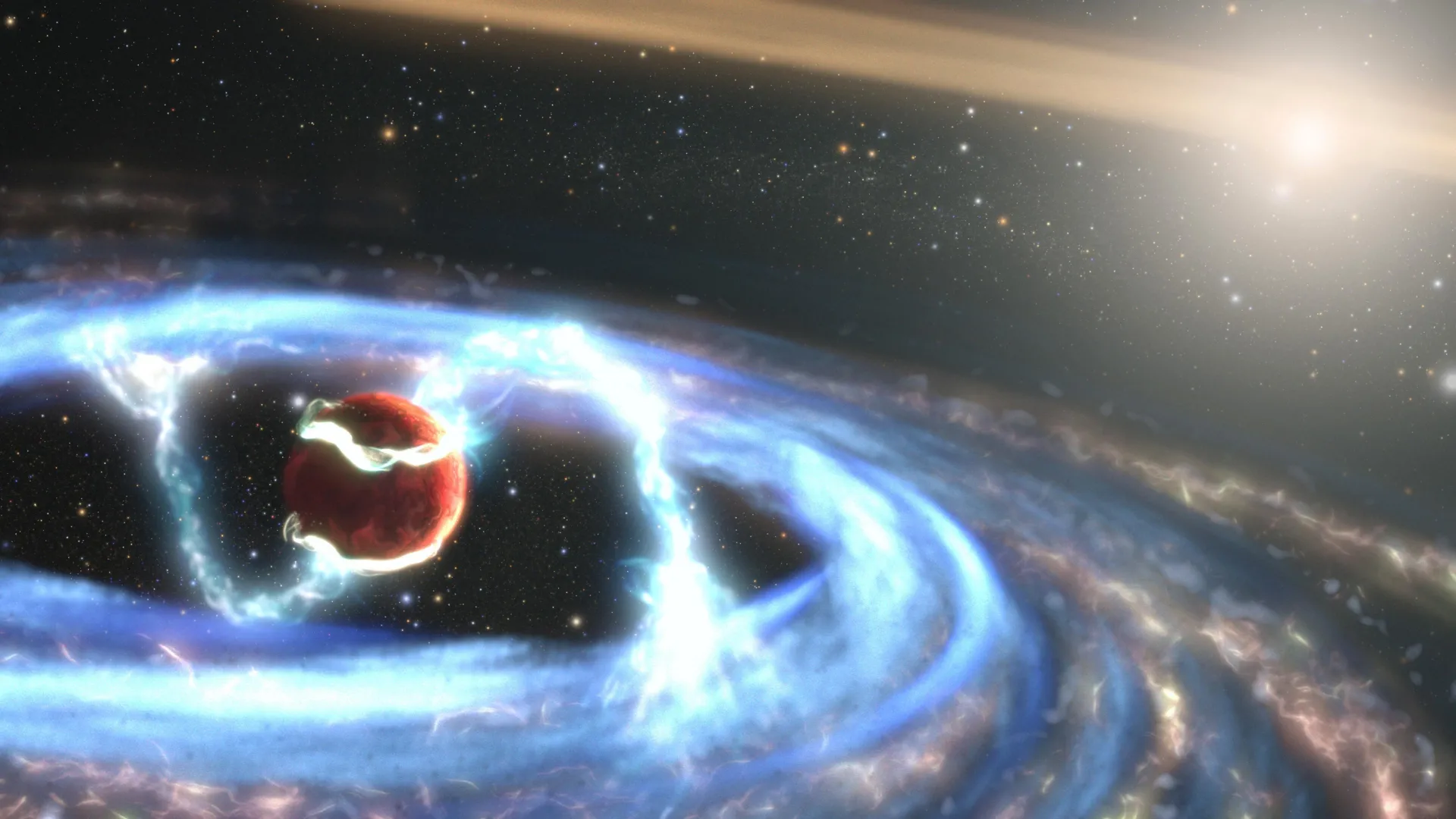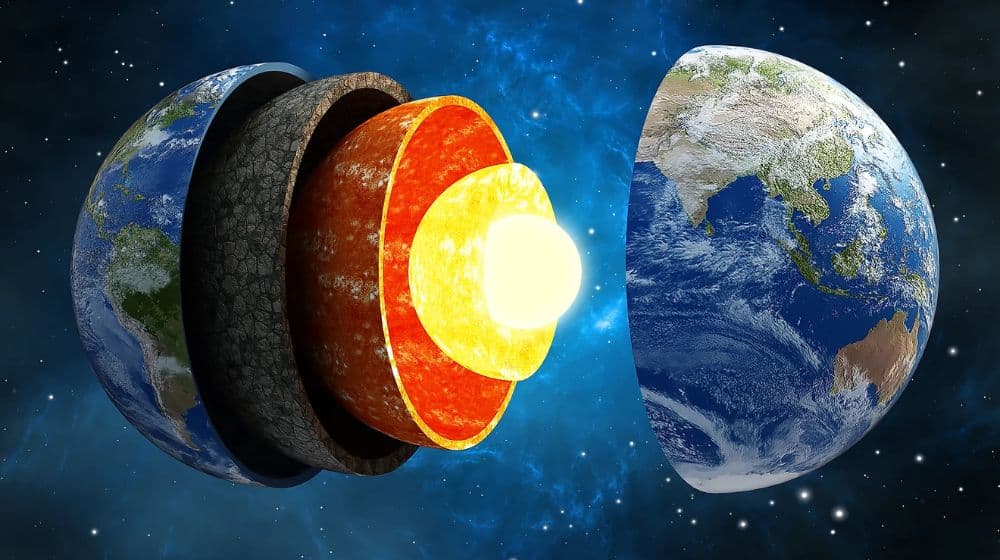What the James Webb Telescope Just Discovered Will Leave You Speechless!

Have you ever gazed up at the stars and wondered what secrets the universe holds? The latest stunning image from the James Webb Space Telescope (JWST) has unveiled a cosmic mystery involving not one, but two dying stars intertwined in a spellbinding spiral of dust, situated a whopping 8,000 light-years away in our Milky Way galaxy.
Discovered in 2018, this rare star system was dubbed Apep, named after the ancient Egyptian serpent god of chaos, because its mesmerizing, swirling dust pattern resembles a snake devouring its own tail. But the latest data paints a far more complex picture than scientists initially anticipated.
In a groundbreaking new capture, the JWST has revealed that Apep is home to not just one, but two dying Wolf-Rayet stars, with a third stable star lurking nearby, feasting on the dust expelled by its chaotic companions. This astonishing discovery was shared in two papers published on July 19 on the preprint server arXiv, although they are still awaiting peer-review.
Co-author Benjamin Pope, a professor in statistical data science at Macquarie University in Sydney, expressed his astonishment in an article for The Conversation: “We expected Apep to look like one of these elegant pinwheel nebulas. To our surprise, it did not.” This revelation challenges our understanding of stellar systems and showcases the rich complexity of our universe.
The beauty of nebulas like Apep often stems from the unique characteristics of Wolf-Rayet stars, known for their slow demise. These celestial giants lose their outer hydrogen shells, producing intense gusts of ionized helium, carbon, and nitrogen. After millions of years of sputtering, they explode as supernovas, leaving behind a trail of recycled materials—including carbon dust that eventually contributes to planet formation and even the very elements that make up our own bodies.
This superheated matter glows brightly in the infrared spectrum, and back in 2018, astronomers first caught a glimpse of Apep using the Very Large Telescope in Chile. But with JWST’s advanced Mid-Infrared Instrument, researchers have now examined Apep in stunning detail, discovering its dual star system and complex dynamics.
According to Pope, “It turns out Apep isn't just one powerful star blasting a weaker companion, but two Wolf-Rayet stars. The rivals have near-equal strength winds, and the dust is spread out in a very wide cone and wrapped into a wind-sock shape.” This intricate dance of stellar forces is both beautiful and informative, offering clues about stellar evolution and the lifecycle of cosmic matter.
Adding to the drama is the presence of a third star—a stable giant that is actually carving out a cavity in the dust ejected by its dying siblings. This dynamic interplay not only creates breathtaking visuals but could also enhance our understanding of how stars meet their fiery ends.
Pope eloquently states, “The violence of stellar death carves puzzles that would make sense to Newton and Archimedes, and it is a scientific joy to solve them and share them.” As we continue to unravel these cosmic enigmas, Apep stands as a stunning reminder of the beauty and complexity woven into the fabric of our universe.



















